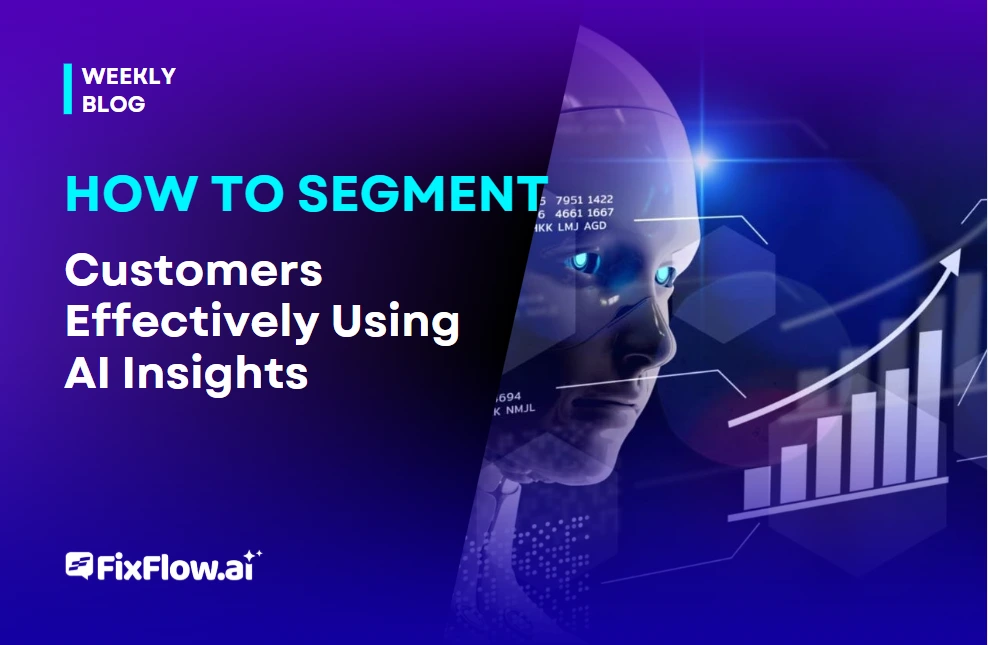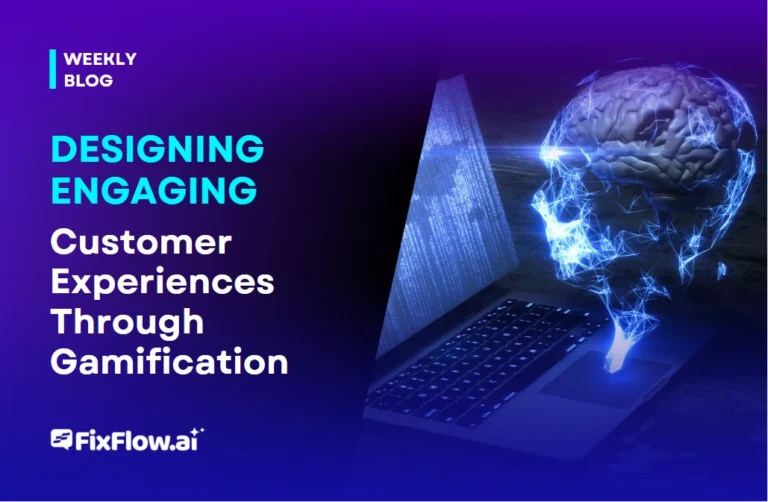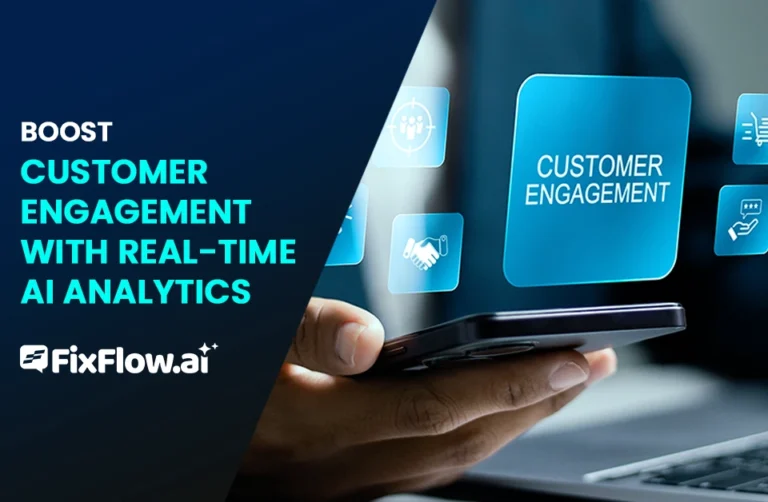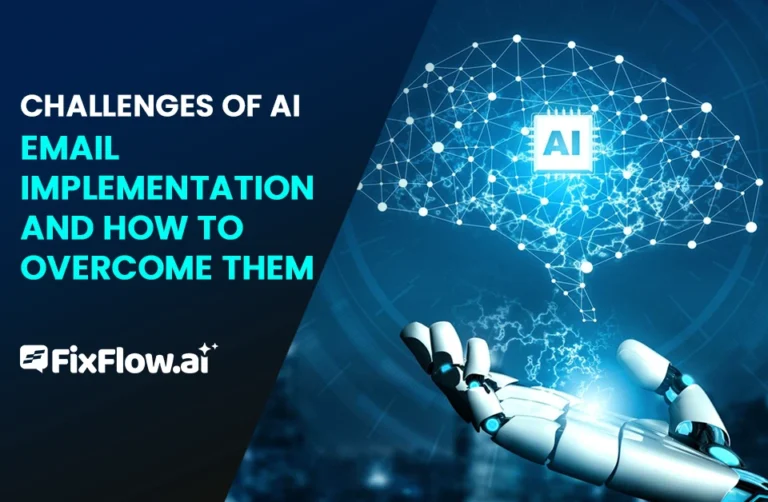How to Segment Customers Effectively Using AI Insights
To segment customers effectively with AI, focus on behavioral data across all touchpoints rather than static demographics. Implement machine learning algorithms that detect nuanced patterns and continuously refine customer profiles in real-time. Track digital engagement, purchasing intent, and communication preferences to create micro-segments that predict future behaviors. This approach typically yields 20-30% better campaign performance than traditional methods. The transformation from reactive to predictive segmentation opens powerful new personalization opportunities.
The Limitations of Traditional Customer Segmentation Approaches
Why do so many businesses struggle with outdated segmentation models? The answer lies in their static nature. Traditional segmentation models rely on broad demographic categories that fail to capture the nuanced behaviors of today’s consumers. When you use manual segmentation, you’re fundamentally taking a snapshot that quickly becomes outdated as customer preferences evolve.
These approaches also suffer from significant blind spots. They typically miss subtle patterns in purchasing behavior and digital engagement that could indicate future buying intent. Manual segmentation is not only time-consuming but inherently reactive rather than predictive. It often leads to generic marketing that fails to resonate with increasingly sophisticated consumers who expect personalized experiences. Without AI-driven insights, you’re likely making business decisions based on incomplete or outdated customer understanding.
Key AI Technologies Revolutionizing Customer Segmentation
Four critical AI technologies are fundamentally transforming how businesses segment their customers today. Machine learning algorithms now identify patterns in customer data that humans would miss, enabling predictive segmentation based on future behaviors rather than past actions alone.
Natural language processing analyzes customer communications, reviews, and social media to create sentiment-based segments. This powers AI-powered market segmentation that responds to emotional signals and contextual cues.
Deep learning neural networks process vast datasets to uncover non-obvious customer relationships and similarities. These insights drive behavioral segmentation with AI that’s dynamic rather than static.
Finally, automated analytics platforms continuously refine segments in real-time as new data arrives, eliminating the outdated quarterly or annual segmentation reviews that leave opportunities on the table.
Implementing Behavioral Micro-Segmentation With Machine Learning
While traditional segmentation divides customers into broad categories, behavioral micro-segmentation, powered by machine learning, creates hyper-targeted groups based on specific actions and patterns. This approach lets you identify nuanced customer behaviors that static models miss.
To implement customer segmentation with AI effectively, start by collecting granular interaction data across touchpoints, clicks, cart abandons, time spent on features, and purchase sequences. Feed this into machine learning algorithms that can detect patterns humans might overlook.
Behavioral micro-segmentation with machine learning excels when you continually refine your models. Set up your system to automatically adjust segments as new behaviors emerge. Remember that the goal isn’t just creating more segments, but actionable insights that drive personalized marketing strategies and product development priorities.
Real-Time Adaptation: Responsive Segmentation in Dynamic Markets
As markets rapidly evolve and customer preferences shift, static segmentation models simply can’t keep pace with changing behaviors. AI-powered solutions now enable real-time customer profiling that adjusts as interactions occur, not weeks later when the data is finally analyzed.
You’ll gain a competitive advantage by implementing intelligent customer journey mapping that tracks users across touchpoints and automatically recategorizes them based on their most recent actions. This responsive approach means your marketing efforts always align with current customer intent rather than historical patterns.
The most effective systems can detect sudden changes in purchasing behavior, engagement levels, or browsing patterns, then immediately adjust segment assignments to guarantee your messaging remains relevant even as customers move between lifecycle stages.
Measuring ROI and Business Impact of AI-Powered Segmentation
Implementing AI-powered segmentation represents a significant investment, so tracking its business impact is a fundamental step for justifying continued resources. Focus on measuring improvements in conversion rates, customer acquisition costs, and retention metrics across your newly defined segments.
Incorporate customer lifetime value modeling to quantify the long-term benefits of your segmentation strategy. Many organizations report 20-30% increases in campaign performance when leveraging AI customer insights effectively. Track both immediate KPIs (click-through rates, purchase frequency) and broader business outcomes (revenue per segment, profit margins).
Create a segmentation performance dashboard that compares pre-AI and post-implementation metrics. This tangible evidence helps secure stakeholder buy-in while identifying which segments deliver the highest returns, allowing you to refine your approach continuously.
Frequently Asked Questions
How Much Customer Data Is Enough to Start AI Segmentation?
For AI segmentation, you’ll need 500-1,000 customer profiles with 5-10 data points each to start seeing meaningful patterns. Quality matters more than quantity—ensure your data includes behavioral metrics, purchase history, and engagement signals. You don’t need perfect data initially; start with what you have and improve over time. Many AI tools can work with limited datasets, but will deliver more accurate segments as you gather richer customer information.
Can AI Segmentation Work for Small Businesses With Limited Budgets?
Yes, AI segmentation can work for small businesses with limited budgets. You don’t need enterprise-level solutions to start. Many affordable marketing platforms, like HubSpot or ActiveCampaign, offer AI-powered segmentation features. Begin with your existing customer data, focus on one goal (like retention), and utilize free or low-cost tools that integrate with your current systems. Start small by segmenting based on purchase history or engagement metrics, then scale as you see results.
How Do Privacy Regulations Like GDPR Impact AI Customer Segmentation?
GDPR impacts your AI segmentation by requiring explicit consent before processing personal data. You’ll need to guarantee transparency about how you’re using customer information, implement data minimization practices, and provide opt-out options. Privacy regulations also limit certain automated decision-making processes. While this creates compliance challenges, it actually encourages better data governance, forcing you to be more intentional and ethical with your segmentation strategies rather than collecting excessive information.
What Technical Skills Does My Team Need for AI Segmentation?
Your team needs a mix of technical skills for AI segmentation. You’ll want data scientists who understand machine learning algorithms and clustering techniques. Data engineers are essential for ETL processes and maintaining clean datasets. Someone with SQL/Python skills can help with data manipulation. It’s also valuable to have analysts who can interpret results and marketers who can apply these insights strategically. Don’t worry if you lack all these in-house; many platforms offer user-friendly interfaces requiring minimal technical expertise.
How Can We Avoid Algorithmic Bias in AI Customer Segments?
To avoid algorithmic bias in your AI customer segments, you’ll need to diversify your training data, regularly audit segment outcomes, and implement fairness constraints in your algorithms. Don’t rely solely on historical data that may contain existing biases. Use cross-functional teams with diverse perspectives to review segmentation results. Test your segments across different demographics to safeguard against disadvantaging certain groups. Remember that human oversight is vital; AI should inform decisions, not make them autonomously.







